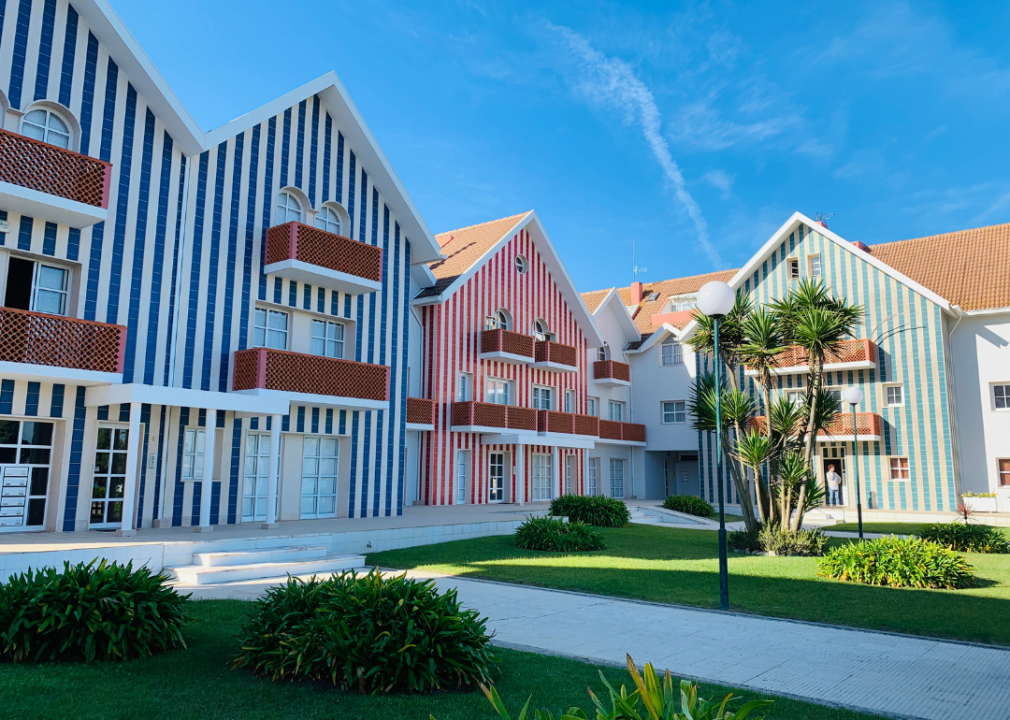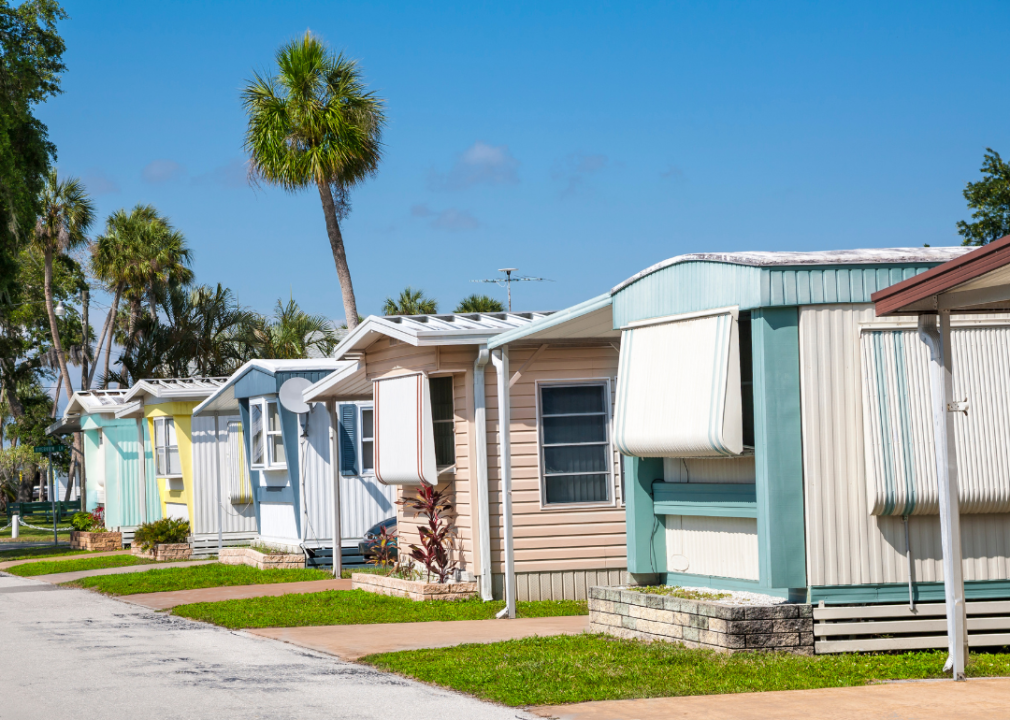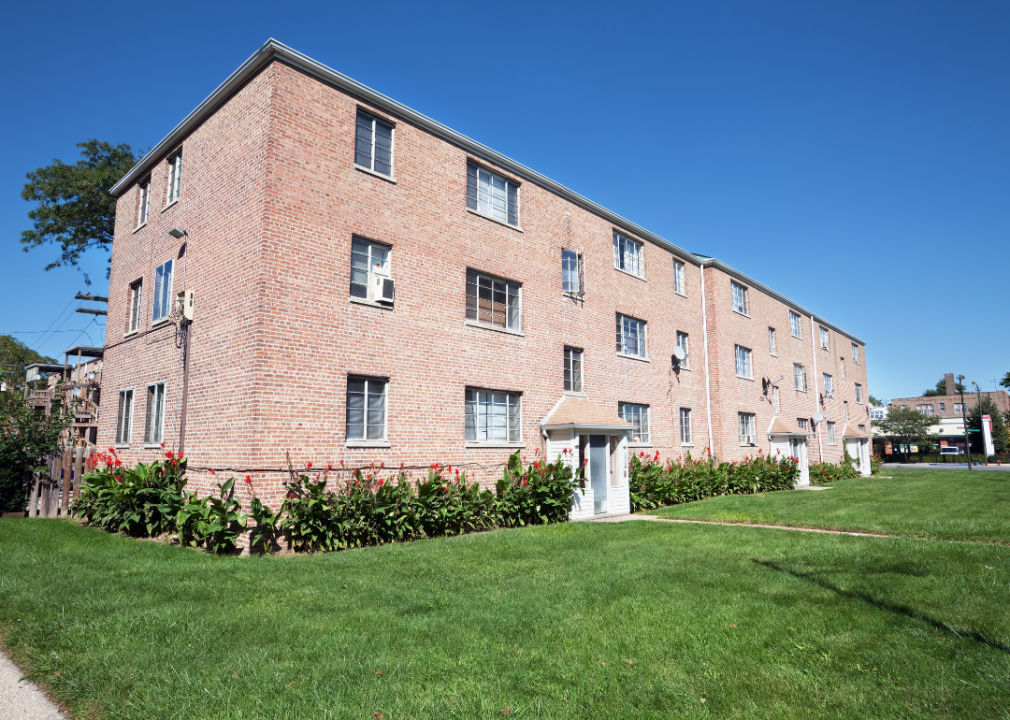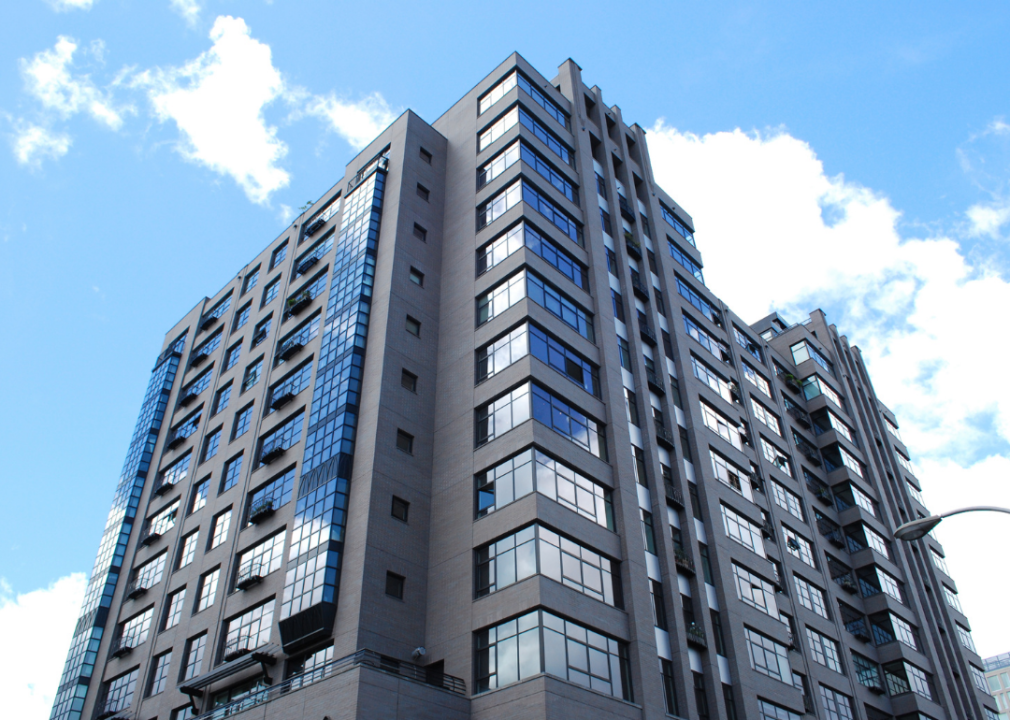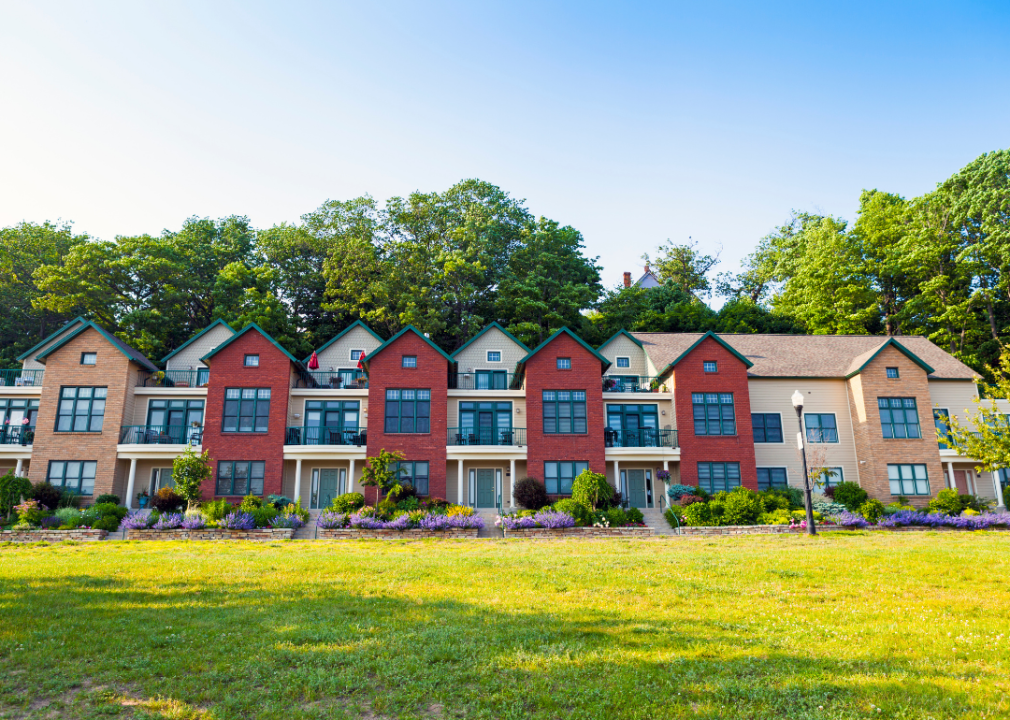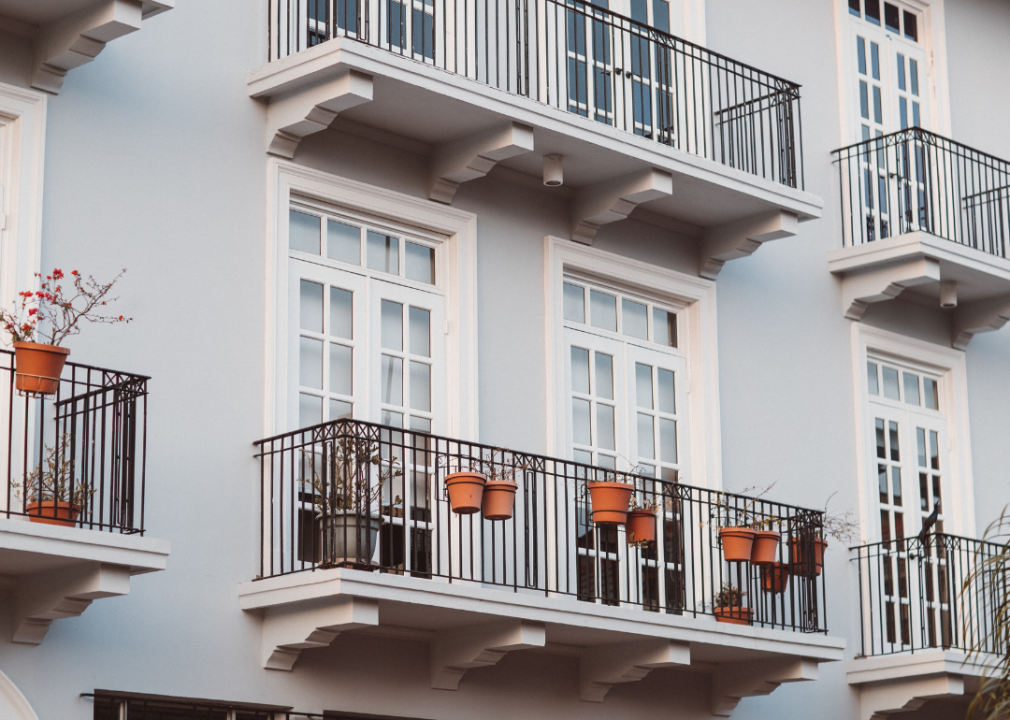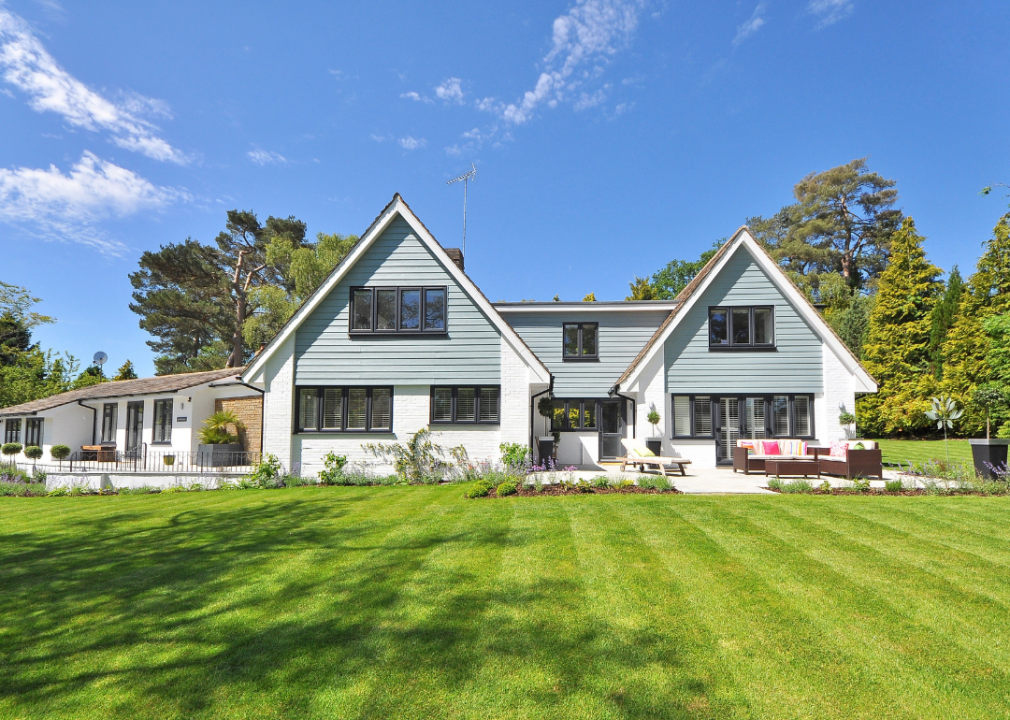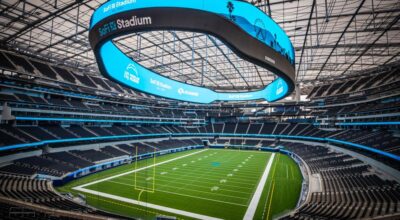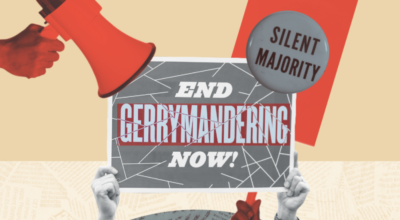From co-ops to condos: Understanding the 6 types of residential properties
Published 6:00 pm Wednesday, November 30, 2022
Canva
From co-ops to condos: Understanding the 6 types of residential properties
Are you actively searching for a new home? Whether you have a clear picture of what you desire or you’re casually scrolling through listings, this is an exciting yet tedious process. With an overwhelming amount of options available, it can be hard to choose what feels perfect. Perhaps you aren’t quite sure what kind of space suits you or your family best.
Given the current real estate market, purchasing a home will look different for everybody. Simple factors such as affordability, location, and family size play a big role in this decision. The median price for an existing home was $375,300 in March, up 15% from last year, according to the National Association of Realtors. And despite overall home sales decreasing as a result, new-home buyers are still looking. They were responsible for 30% of home sales in March.
Existing-home sales are completed transactions that include existing single-family homes, townhomes, condominiums, and co-ops that were owned and occupied before hitting the market. From co-ops to condos and even single-family homes, there are many options for buyers to consider. Real estate platform ZeroDown compiled a list of six types of homes, using information from industry groups, government agencies, and real estate news outlets.
![]()
Canva
Mobile home
A mobile home, also referred to as a manufactured home or “trailer,” is built in a factory and fixed to a permanent chassis with wheels. These homes can be installed in either temporary or permanent locations. They are also a great option for those on a budget. A recent U.S. News & World Report article revealed that the average sale price of a new manufactured home was just $111,900 in November 2021.
Canva
Co-Op
Think the only way to have a home is to purchase or rent? Think again. A co-op, also called a housing cooperative, is an option in which buyers do not own their units outright. Every resident is a shareholder in the individual co-op. Since they operate on an at-cost basis, they are more affordable than an apartment. These aren’t to be confused with a condominium, which is considered to be real property.
Canva
Condominium
A condominium, or condo, is a larger sized complex consisting of multiple singular units. Every unit is individually owned, not to be confused with an apartment that one would rent. When considering whether a condo is a good fit, it’s important to note that anything beyond the condo is shared community space. This includes stairwells, sidewalks, and any exterior area. Typical requirements for owners may include monthly payments for general upkeep of the property.
Canva
Townhouse
Somewhat similar to the condominium is a townhouse. They are also individually owned, but are instead multilevel and typically offer a private yard as well. Buyers will obtain ownership of the land in which the townhome is situated, even if it’s smaller than the average backyard. Townhouse communities typically have homeowner associations, or HOAs, that can require monthly payments to maintain a beautified surrounding environment.
Canva
Multifamily home
Not to be confused with single-family homes, multifamily homes are buildings with more than one living space on the property. A common example of a multifamily home would be an apartment complex, due to the fact that it houses multiple residents at once. These properties are commonly scouted out by investors intending to rent out individual units for families. Although these properties are generally a larger investment than your typical home, they allow for substantial monetary gain. This allows for easier financing and perhaps a much quicker return on investments.
Canva
Single-family home
A single-family home is one of the most common options for homeownership. As the name implies, single-family homes are properties designated for a single family and commonly include a larger portion of land than townhomes. There are no shared spaces or common areas between owners, as the property is privately owned. Rules, regulations, and HOA requirements are dependent on location and independent neighborhoods.
This story originally appeared on ZeroDown and was produced and
distributed in partnership with Stacker Studio.


